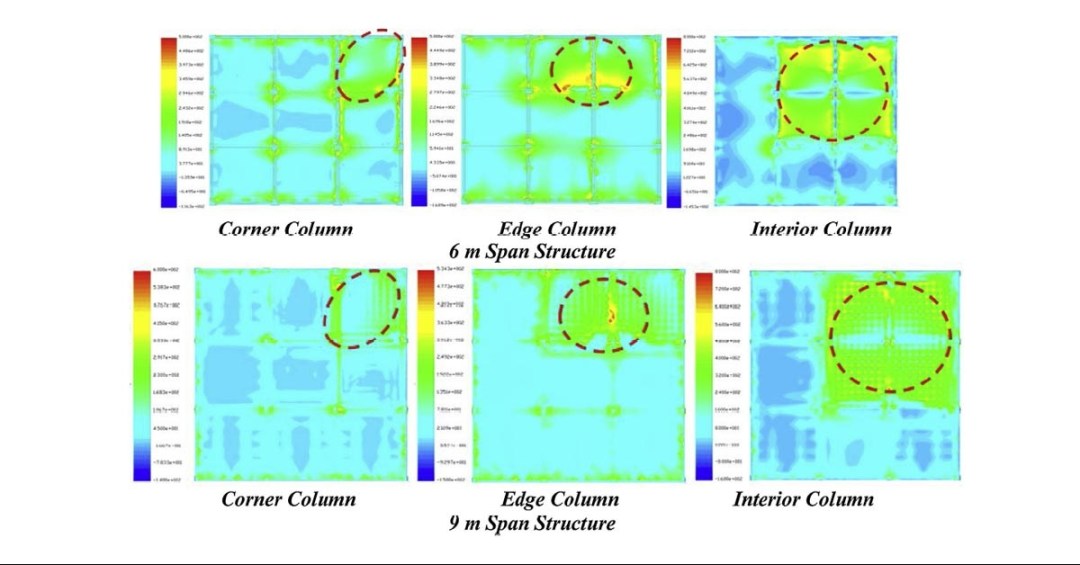Abstract:
Progressive collapse is defined as either partial or overall failure of the structure due to losing one of the main structural elements. In order to control this chain reaction, it is important to study the main structural elements behavior under column removal. Precast concrete structures become widely used recently due to the quality control assurance, economical aspects and time saving construction. Due to this many researchers studied the precast concrete structures behavior under earthquake loading, observing the failure patterns, weak points, and how to overcome all those parameters, however, regarding progressive collapse, Precast concrete structures need intensive researches to cover all the parameters that will affect the structure’s behavior due to accidental loading. One of the main parameters that still ambiguous is the Precast beam span lengths and its behavior on the overall structure When subjected to progressive collapse. In this paper, the influence of different span length of precast beams is studied under different column removal scenarios. A precast concrete structure case study is adopted and designed according to Precast/Prestressed Concrete Institute and ACI 318-14 and a multiple 3D models, for different span lengths, are modeled in Extreme Loading of Structures software based on the Applied Element Method. Non-linear dynamic time dependent analysis is conducted on two case studies ; bare frame structure without any slab contribution (Case1), and full structure with slab contribution (Case2). Column removal scenarios are applied according to the UFC regulations, partial collapse took place in case1 while case 2 showed high resistance to progressive collapse. Observations are reported in terms of failure cause for case 1 and the resisting mechanism that took place in case 2. Rotational ductility redistributed applied loads for beams and columns are obtained for case 2. A comparison took place between the rotations obtained in the case study and the rotation limits specified by the UFC and found that the system is satisfying the UFC limits, and no additional consideration need to be done in resisting progressive collapse.
Keywords: Applied element method; Different span lengths; Precast concrete connections; Progressive collapse analysis; ELS
M. El-desoqi, M. Ehab, H. Salem (2020). Progressive collapse assessment of precast reinforced concrete beams using applied element method, Case Studies in Construction Materials, Volume 13, 2020, e00456, ISSN 2214-5095, https://doi.org/10.1016/j.cscm.2020.e00456.



